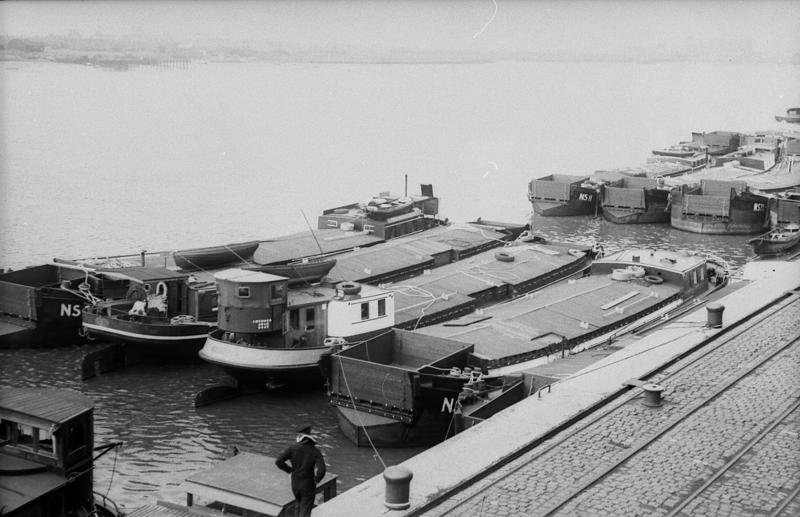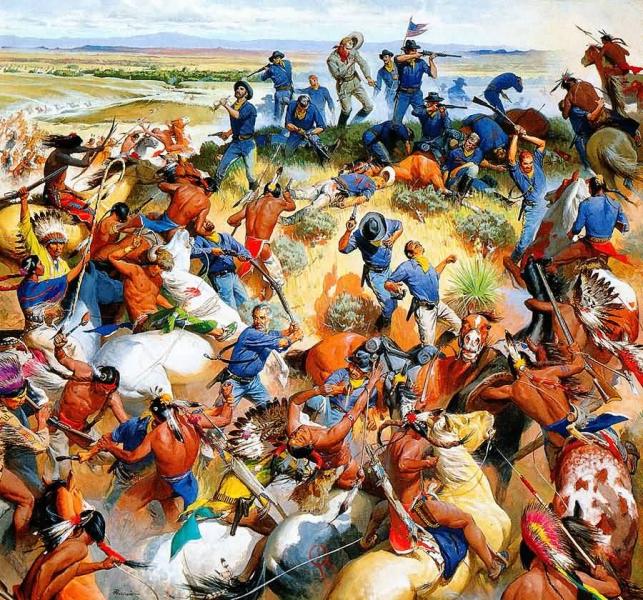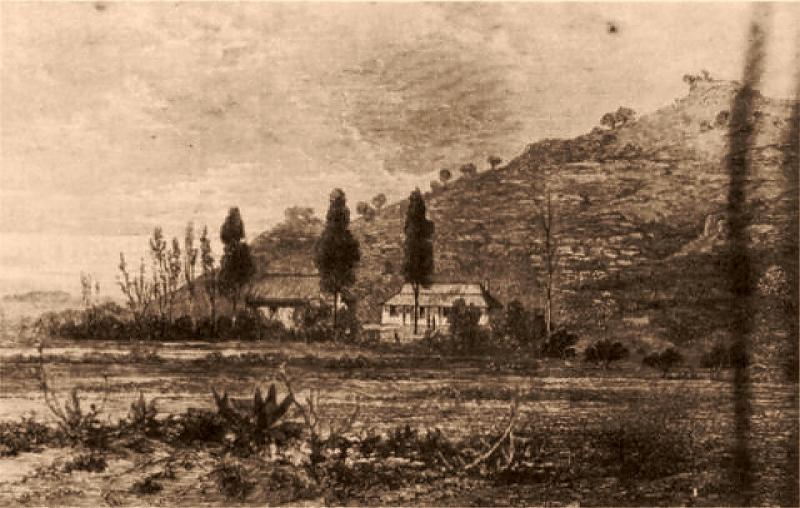
United Kingdom (GBR) (1707 - now)


A sea lion that didn't take place
Invasion of Great Britain in 1940, fiction or real operation with a chance of success?

Army of Great Britain - ground units

Battle of Isandlwana (British Little Bighorn)
The war with the enemy, which is generally considered to be less advanced by civilization, is still a very unpleasant affair for any army. Just because the greatest victorious battle in such a case does not bring any glory, as it is somehow taken for granted, while every lost skirmish is immediately marked as proof of the extraordinary incompetence and dilettantism of army commanders ...

British vehicle markings - Part 1

British vehicle markings - Part 2

British vehicle markings - Part 3

Defense of Rorke's Drift (22nd to 23rd January1879)
In 1878, Swedish Protestant pastor Otto Witt bought his trading post from the widow of Irish merchant Jim Rorke on the border of Britain's Natal African Protectorate and the independent kingdom of KwaZulu to turn it into a center for the spread of the Christian faith among the Zulu. After the outbreak of the British-Zulu War in January 1879, the station was taken over by the British army, which used it as a supply base for an invasion of their territory ...

Gurkhas - Part I.

Gurkhas - Part II.

Gurkhas - Unique mercenaries

SAR Assault Units
Central military authorities
British Army (1707 - now)
Royal Air Force (1918 - now)
Navy

Intelligence Agencies

East India Company (1707 - 1874)

British India (IND) (1858 - 1947)

Union of South Africa (ZAF) (1910 - 1961)
Canada (CAN) (1867 - 1982)

New Zealand (NZL) (1907-1947)

Coordinating Forum - Units
Join us
We believe that there are people with different interests and experiences who could contribute their knowledge and ideas. If you love military history and have experience in historical research, writing articles, editing text, moderating, creating images, graphics or videos, or simply have a desire to contribute to our unique system, you can join us and help us create content that will be interesting and beneficial to other readers.
Find out more